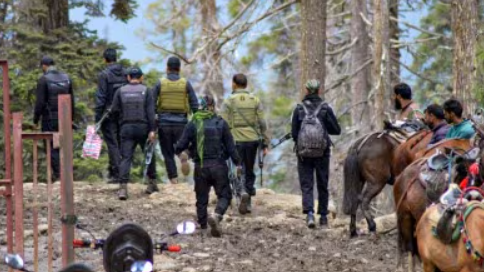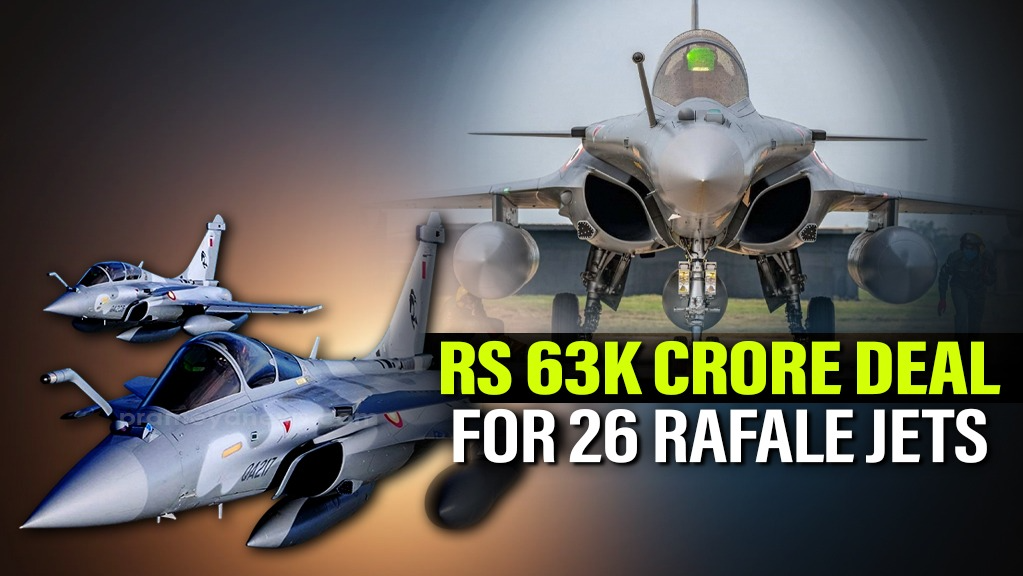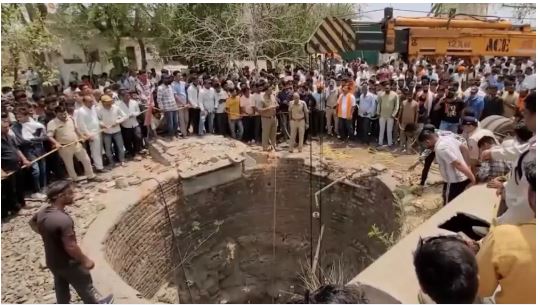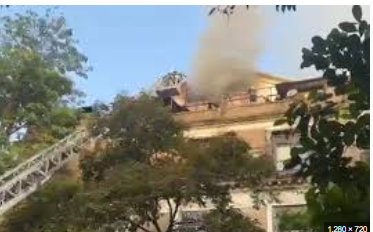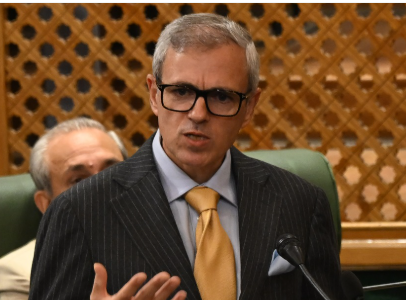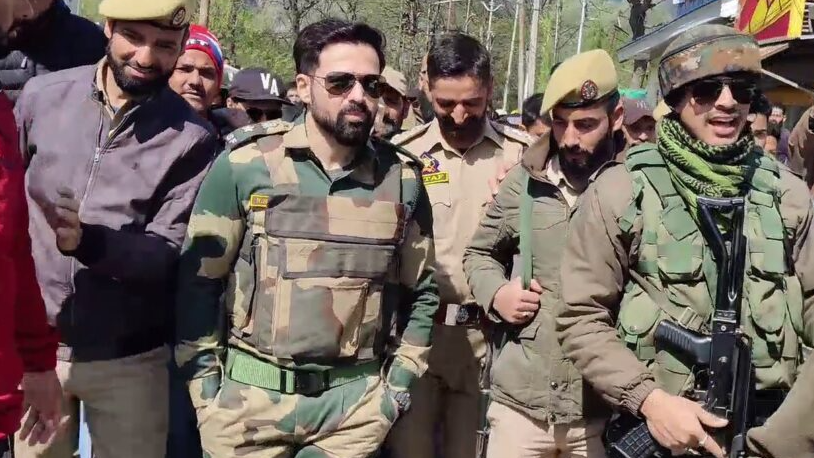Bhubaneswar: Lashkar-e-Taiba (LeT), designated a terrorist organization by numerous countries including the United States, India, and the United Kingdom, has maintained a sophisticated weapons acquisition network throughout its three-decade history. This historical analysis examines how the group secured its arsenal through various channels across different phases of its operation.
Early Foundation (1990-2000)
In its formative years, LeT relied heavily on cross-border smuggling routes through Pakistan's northwestern frontier and Kashmir regions. Former militants interviewed by security researchers confirm that basic assault rifles—primarily Chinese-made Type 56 (AK-47 variants)—formed the backbone of their early arsenal.
"The initial weapons came through established smuggling corridors that had been used during the Afghan-Soviet war," explains Dr. Ajai Sahni, a counter-terrorism expert and Executive Director of the Institute for Conflict Management in New Delhi. "Many of these weapons were diverted from supplies originally intended for Afghan mujahideen."
Pakistani security analyst Hassan Abbas notes that during this period, "LeT operatives would typically receive basic military training at camps in Afghanistan or Pakistan's tribal areas, where weapons handling instruction focused on Soviet-bloc weapons that were abundant in the region."
Expansion Period (2001-2008)
Following the September 11 attacks and the subsequent War on Terror, LeT adapted its procurement strategies. According to intelligence reports from this period, the organization began developing more sophisticated networks for obtaining weapons.
The group increasingly relied on maritime routes across the Arabian Sea, using small fishing vessels to transport weapons from underground markets in the Middle East. These shipments typically included more advanced equipment such as night vision devices, encrypted communication equipment, and precision timing devices for improvised explosive devices.
"This period marked a significant evolution in LeT's weapons capability," says former Indian Naval intelligence officer Commander Abhijit Singh. "Maritime routes became crucial as land routes faced increased surveillance."
Financial investigation reports from the period show that LeT began utilizing hawala networks—informal money transfer systems—to fund weapons purchases through middlemen in countries like Thailand and Malaysia.
Modern Era Adaptations (2009-2023)
After facing intense international scrutiny following the 2008 Mumbai attacks, LeT was forced to further evolve its weapons procurement strategies. Security officials note that the organization began operating under various front organizations and splinter groups to obscure its activities.
"The post-Mumbai period saw LeT fragment its weapons procurement into smaller, seemingly unrelated networks," says terrorism researcher Sameer Patil from the Gateway House think tank. "Components for bombs or communication equipment would be purchased separately through legitimate businesses, making detection extremely difficult."
Defense intelligence sources indicate that during this period, LeT increasingly relied on commercially available technology that could be repurposed for attacks. This included using consumer drones for surveillance, encrypted messaging apps for communication, and modifying commercially available electronics for triggering devices.
The Financial Network
Throughout its history, LeT's weapons procurement has been supported by a complex financial network. Charitable fronts, particularly the Jamaat-ud-Dawa organization, have been documented raising funds that intelligence agencies believe partially supported weapons purchases.
Financial intelligence units have traced donation streams from diaspora communities in the Gulf states and the United Kingdom that were allegedly diverted to operational expenses, including weapons acquisition.
"What makes groups like LeT particularly resilient is their hybrid funding model," explains terrorism financing expert Dr. Christine Fair. "They combine legitimate charity operations with criminal enterprises and state support, creating multiple streams of revenue that can be directed toward weapons procurement when needed."








